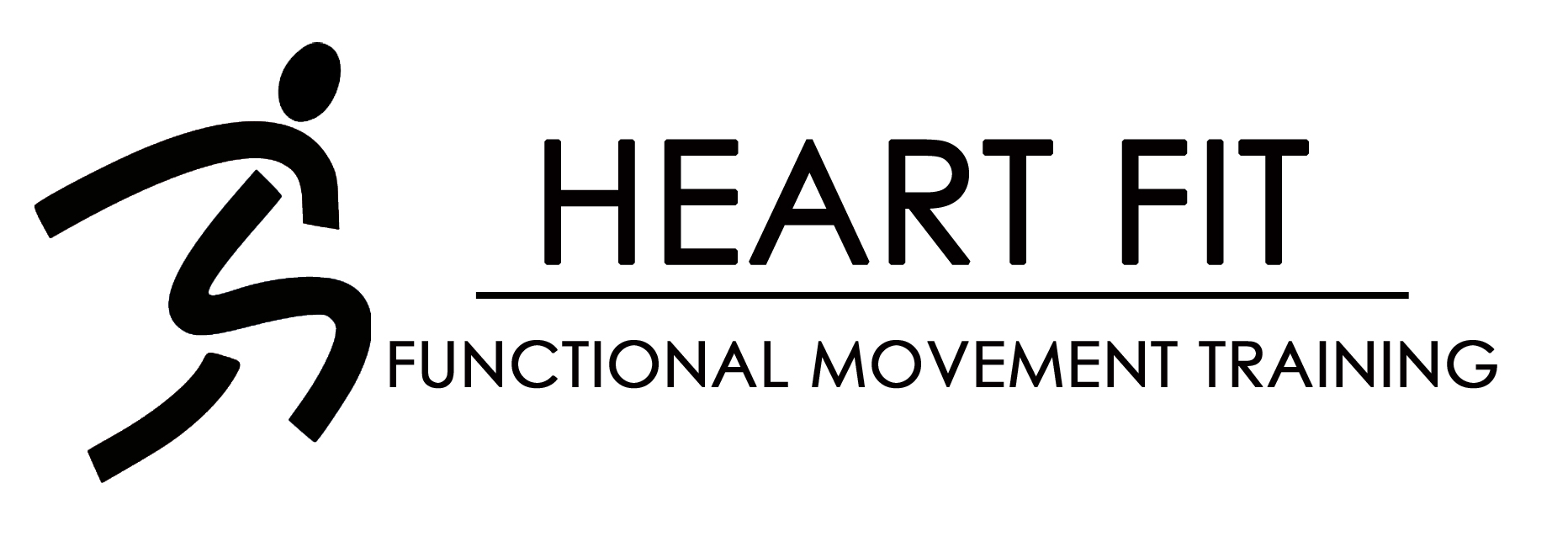Breathe Better to Move Better!
Fitness fads and Yo-Yo diets are like stocks because they are constantly going in and out of favor. It seems like in today’s world everyone is out to one up the next guy in how more extreme or different their fitness program is or how many more calories you can burn in one hour with them. So when I have a discussion with someone about how they lack the basic skills to breathe properly and need to teach them to retrain their diaphragm to improve their movement quality they think I’m talking mumbo jumbo. But truth be told breathing controls so much of what happens in terms of tension in your body. When you breathe poorly like so many of us do it causes us to tense up and not have the fundamental oxygen to support our proper movement. With any fitness endeavor everything should but hardly does start with knowledge about anatomy. When you don’t understand anatomy you are not qualified to give advice as a fitness professional.
Any time we have an overactive muscle, for example a tight upper back that specific muscle group is often blamed. In reality anatomy tells us is that we should look for a dysfunctional synergist (the real culprit). Meaning something else is compensating or has to do more when something else doesn’t do its job and this is where breathing properly is so important. The diaphragm is the biggest respiratory muscle, it has a really powerful function and when you consider its attachment points you can see why it can lead to major problems. The diaphragm has three attachment points on the right side and two on the left side all connecting to the lumbar spine. So we actually have an asymmetrical diaphragm and if you consider all of the vital organs surrounding it you can see how some problems can arise. Normally we take about 20,000 breaths a day so when your diaphragm is not effectively working you will see dysfunction in a lot of supplemental respiratory muscles like your lats, pectoralis minor, upper trapezius and scalenes. Essentially all of your neck and upper back muscles are being over worked if the diaphragm is not working correctly.
Proper breathing is no longer something you heard your Pilates or yoga instructor talk about. The medical community has noticed how the diaphragm interplays with so many other structures and has coined the term Zone of Apposition (ZOA). Essentially the ZOA is the region into which our diaphragm must expand to function properly. With most people they are in a constant state of inhalation due to their posture (anterior pelvic tilt and lordotic curve). In this position we don’t have a good ZOA and your diaphragm essentially has amnesia. Now all of our supplemental respiratory muscles start to do more than they should. This leads us back to the example of our tight upper back and neck getting the blame for being chronically sore. Being cognizant of every breath( inhalation and exhalation) goes a long way to getting rid of tightness in the wrong places and can make a difference in improving one’s posture and quality of movement.
Most people are so caught up in developing their core muscles but the most important inner core muscle their diaphragm is completely ignored. If you look at some of the oldest forms of exercise they always start with learning basic breathing techniques but the newest trend of the month wouldn’t even consider it. Don’t think that just going to your workout class and getting beat up that good things will just magically happen. Breathing fuels everything we do in life as well as every movement we make.
